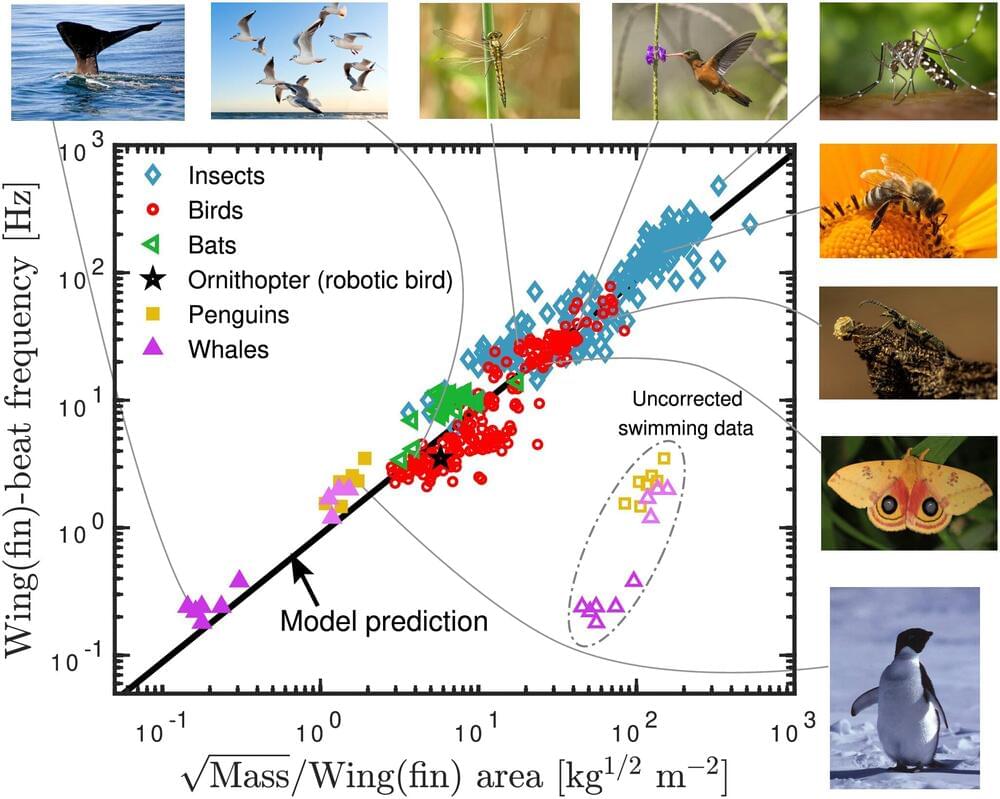Welcome to episode 2 of our behind-the-scenes series as we document space exploration. In this episode, join our team as we capture slow-motion footage of SpaceX’s Starship at Starbase, record powerful liftoff audio, share stereoscopic VR from up close, and journey to the top of NASA’s Vehicle Assembly Building for an exciting astronaut launch. Thank you for watching!
Want to support the work we do? Get access to our exclusive Discord server and collect member-only perks. Support the team on Patreon: / cosmicperspective.
or join on Youtube: / @cosmicperspective.
Early access to the full 100x slowmo: / starship-engines-105298825
Explore the Beta release of our IFT-3 Stereoscopic 3D film on Oculus headsets https://www.meta.com/experiences/4722…
(Apple Vision Pro Sideload video files available for patrons)
Music by @annu__music (MaryLiz)
Launch Audio by Andrew Keating, Cosmic Perspective.
The Cosmic Perspective team: Ryan and MaryLiz Chylinski, Andrew Keating, Nick Jakubik, Kelly Rodriguez, John Pisani, J. Trent Adams, and an extra special thanks to the Everyday Astronaut crew and our friends and volunteers!






